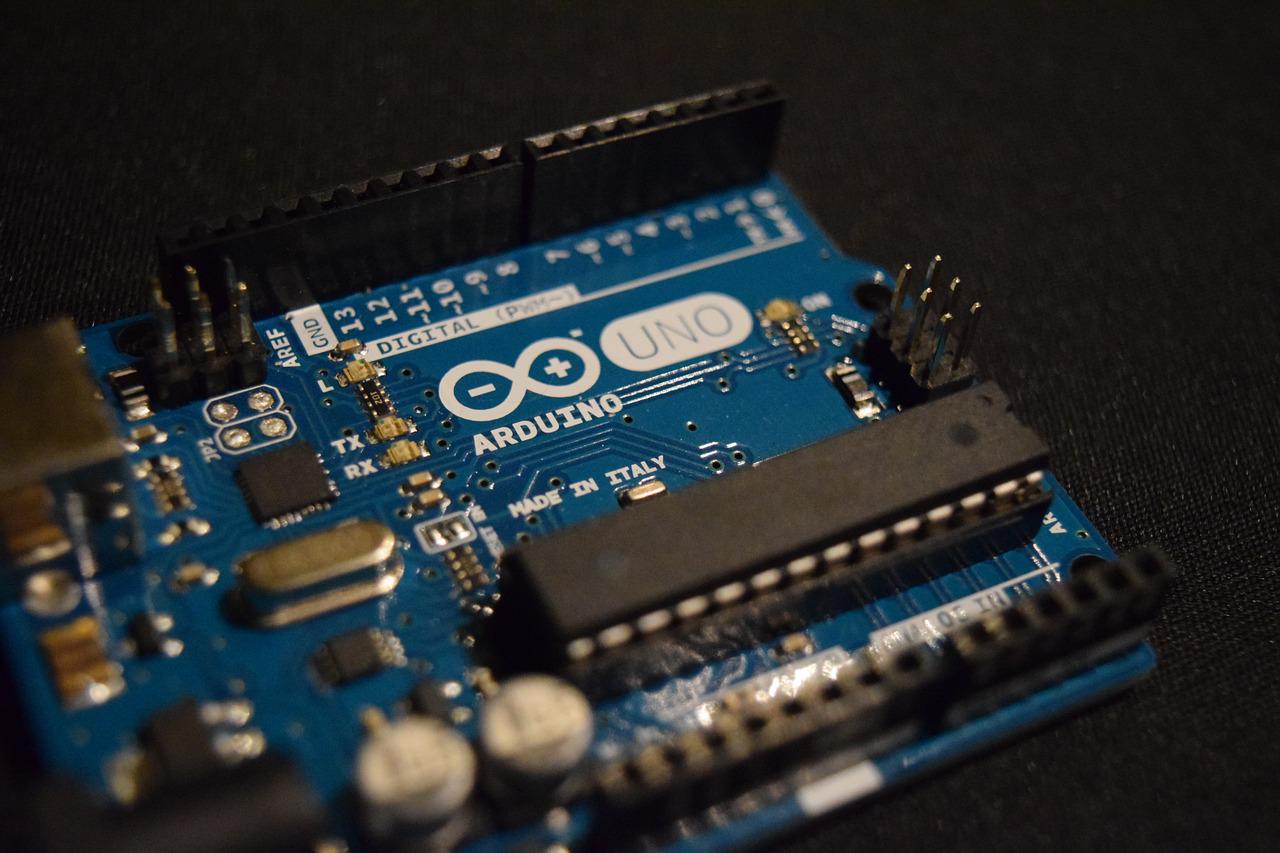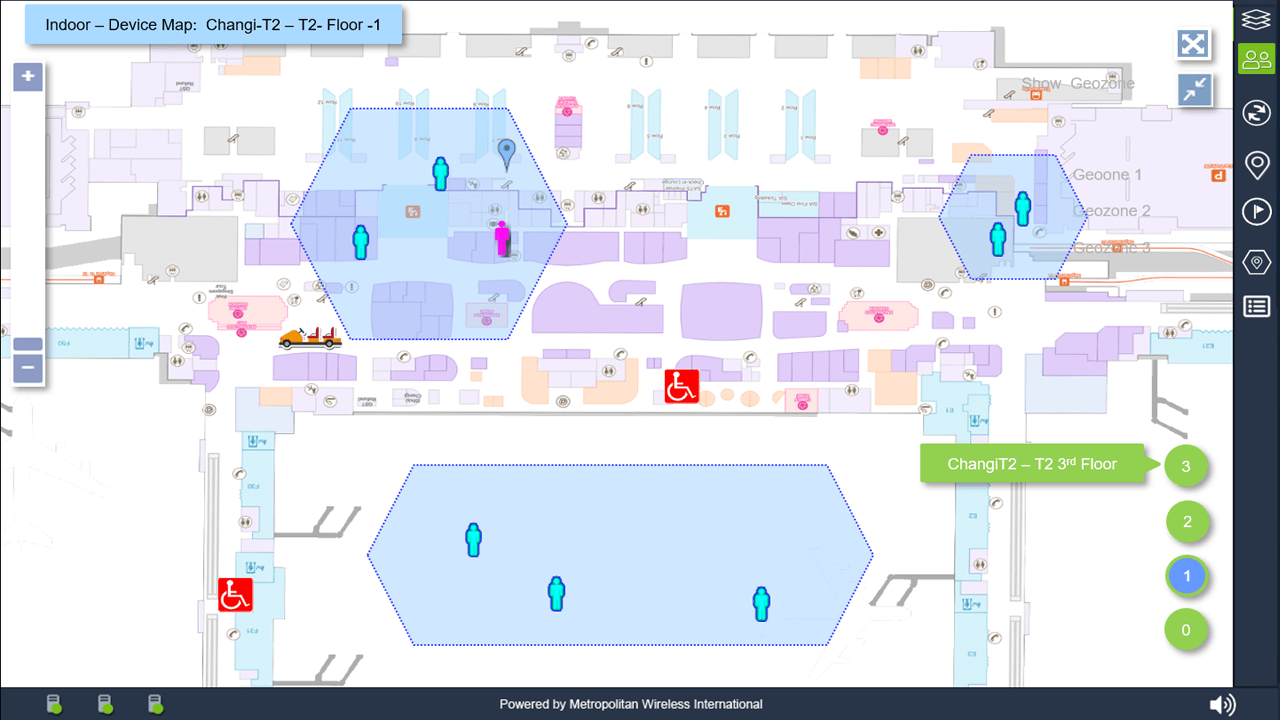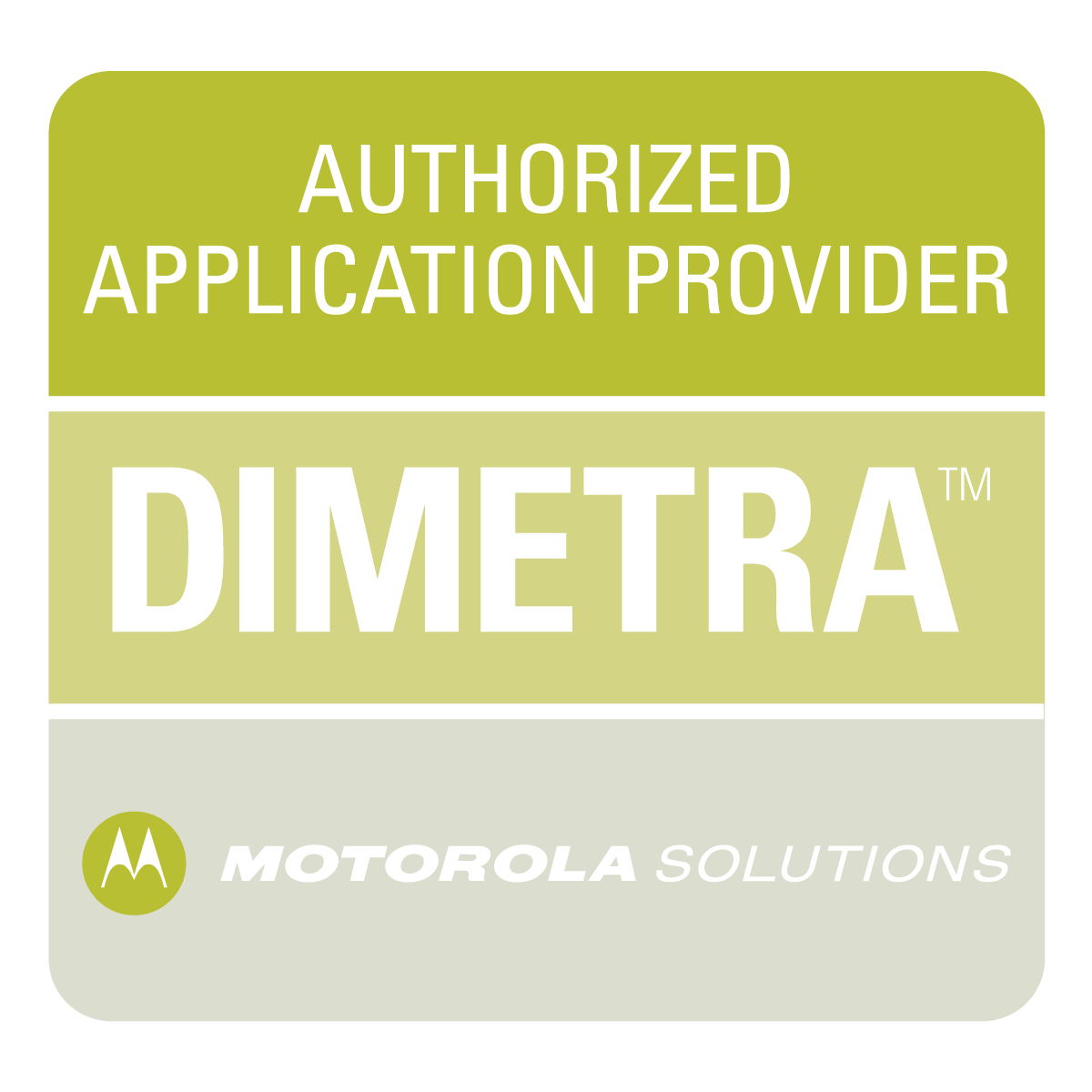
Exploring Real-Time Locating Systems (RTLS)
A Real-Time Locating System (RTLS) is one among several technologies that detect the current geolocation of a target, which can be anything from a vehicle to an item in a manufacturing plant to a person. and refers to any system that accurately determines an item or person’s location.
RTLS isn’t a specific type of system or technology, but rather may be a goal that can be accomplished with a variety of systems for locating and managing assets.
How does RTLS work for the Indoor positioning system?
RTLS primarily leverage on radio-frequency (RF) technologies like UWB, BLE, and RFID. Wireless devices that utilizes the aforementioned technologies, such as tracking tags and smartphones, alongside other integrated components, is used to continuously determine the position of individuals and objects in areas GPS is not able to reach.
Although closely related to Indoor Positioning Systems, RTLS is not limited to indoor locating and can very well utilize GPS to track assets or people in real time.
How is location data transmitted and received?
Enterprise-grade RTLS can include thousands of tracked assets, so a location engine will process this information concurrently for real-time location tracking of numerous targets at the same time. Derived location data can then be used to display the location of tracked items on a map or integrated into various enterprise applications to enable a multitude of location-aware use cases. Location data from the transmitter devices are collected by the receiver devices and subsequently forwarded to the RTLS application (usually on cloud) to determine the device’s position and trigger specific actions.
Hardware to perform Location Tracking
Most RTLS technologies utilizes signal transmitters and receivers to perform location tracking. The transmitters and receivers can come in various form factors. Economically speaking, it makes sense to deploy more transmitters than receivers as more energy is consumed to scan for signals versus sending signals.
As such, transmitters are usually tagged to assets or person and receivers are installed around key locations.
Common form factor for transmitters includes tiny tags, wrist tags, card tags, etc.
Common form factor for receivers includes gateways, etc.
RTLS Hardware Customization
RTLS transceiver chips/modules are essentially the brain of an RTLS-enabled device. Using them, organizations can design their tailored RTLS-enabled device, such as a location tracking tag, allowing them to develop and build RTLS hardware with complete flexibility and control to create proprietary devices that meet their exact needs, functional, and compliance requirements. Inside RTLS hardware they power the wireless communication that makes real-time location possible.
But most companies try not to re-invent the wheel and procure existing and available devices on the market for their solution. Unless a project can bring in a value so large that it justifies the customization of hardware and firmware from the manufacturers.


Common RTLS Technologies
- Ultra-Wideband (UWB)
- Bluetooth Low Energy (BLE)
- Wireless Fidelity (WiFi)
- Radio-frequency identification (RFID)
RTLS with UWB technology
The rationale UWB positioning is so precise is due to its distance-based measurement that calculates location based on how long it takes for pulses of radio to travel from one device to another. It also consumes little or no power, with affordable and efficient hardware options, like tracking tags with coin cell batteries that can operate for multiple years without being recharged or replaced.
RTLS with BLE technology
Location data collected by the sensors or sent from beacons to mobile devices is then ingested by various location applications and translated into insight-depth power multiple location-aware use cases. BLE features a large presence in wireless devices, an in depth set of low-power, low-cost, and straightforward to implement hardware options, and therefore the flexibility to be used in many location-based applications.
RTLS with WiFi technology
Wi-Fi location tracking solutions use existing Wi-Fi access points or Wi-Fi-enabled sensors, to detect and locate transmitting Wi-Fi devices, like smartphones and tracking tags throughout indoor spaces. Location data collected by sensors or access points, or sent from APs to client devices, is ingested by various locations applications and translated into insights that power multiple location-aware use cases. It is often leveraged in many location-based use cases and offers options to easily get started with indoor positioning through existing Wi-Fi access points and infrastructures. Wi-Fi-based positioning systems can use different methods to work out the location of devices.
RTLS with RFID technology
There are two main categories of RFID technology – passive RFID and active RFID.
From this, the situation of the tag can be determined, although thanks to interference with physical obstructions – passive RFID typically only yields short-range positioning. Passive RFID relies on battery-less tags that receive signals from RFID readers which then power the tag if within the communication range. Active RFID – includes tags with an integrated battery and receivers that operate almost like how passive RFID does. There are two main categories of RFID technology – passive RFID and active RFID Infrared (IR)
IR tags are typically very low cost, deployments require costly infrastructure to trace the tags, which most organizations likely won’t have already got. a bit like a remote, an infrared-based tag can send an optical signal to a receiving device and use this to determine its location. Infrared requires line of sight between a transmitter and receiver to function and is restricted to only providing room-level accuracy.
Let's Get In Touch!
You may view our products or contact us using the contact form below.
"*" indicates required fields




